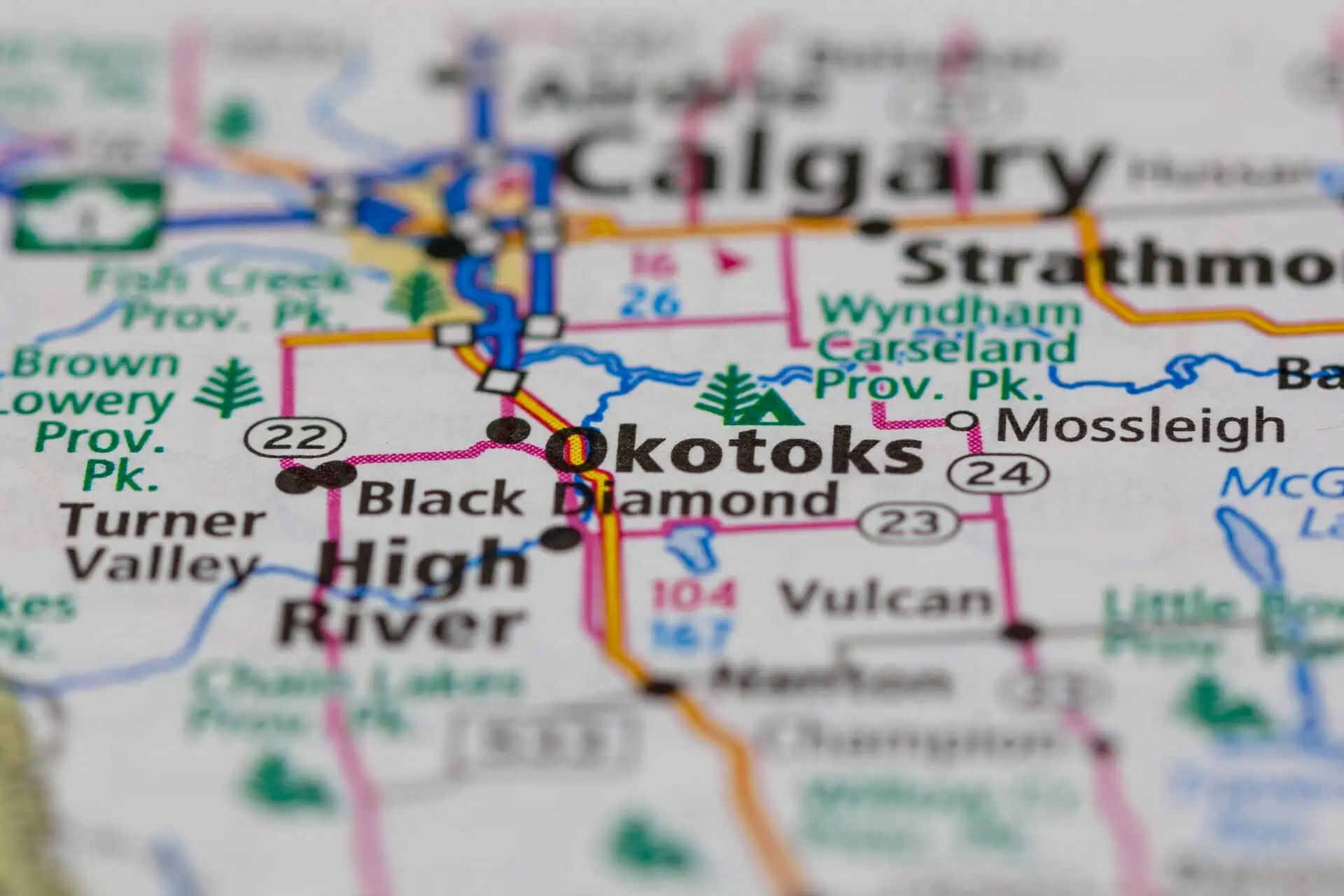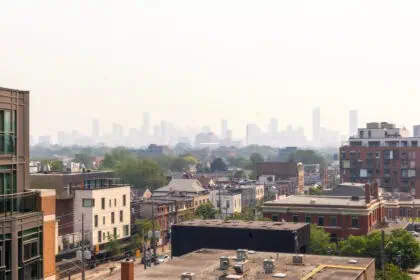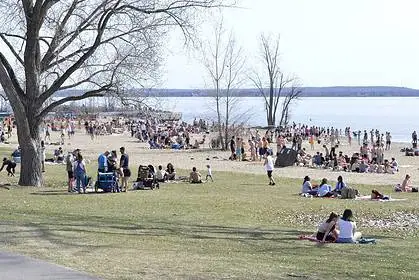Above-normal heat expected across Saskatchewan
Starting in June, Saskatchewan is bracing for a hot and dry summer, with southern and central regions likely to experience well above seasonal temperatures. According to The Weather Network’s summer forecast, the province is projected to fall under the influence of a “heat dome”, with southern Saskatchewan emerging as the epicentre of extreme heat for Western Canada.
Meteorologist Matthew Grinter explains that southern areas of the Prairies, including Saskatchewan, are forecast to endure the most intense heat during the core months of June, July and August. “That definitely is concerning,” he added, emphasizing the potential impact on drought conditions and crop development.
Drought conditions likely to worsen as summer progresses
While early May brought beneficial rain to parts of southern and central Saskatchewan, northern grainbelt zones—including Meadow Lake, Nipawin, and Hudson Bay—remain critically dry. Notably, Prince Albert has recorded just 8 mm of rainfall since April 1, while North Battleford has received only 11 mm over the same period. This deficit in spring precipitation is particularly worrying given the region’s reliance on June rainfalls, which are typically the wettest of the year.
Grinter stresses the importance of timely rainfall in June, especially for southern Saskatchewan and the Saskatoon area, as the heat dome intensifies. “The beginning of summer will be in a relatively better state,” he says, “but as we move into July, drought conditions are expected to worsen significantly.”
Severe storms may offer limited relief
Despite the heat and dryness, some areas could see intermittent moisture in the form of severe thunderstorms. These are expected to develop along the edges of the high-pressure system, known as the Ring of Fire, particularly across central Saskatchewan.
While these storms may provide localized relief, they will not be enough to counteract the overall dry trend. Additionally, the lightning associated with these storms could elevate wildfire risk, especially in areas already experiencing below-average precipitation.
Fire and smoke risks remain elevated
Alongside drought concerns, wildfires and smoke remain a critical hazard this summer. While thunderstorms may temporarily alleviate dryness, the risk of severe weather events, including torrential downpours and wind, could lead to localized flooding and greater instability in forested areas.
As Saskatchewan prepares for the onset of summer, all eyes will be on June’s rainfall patterns, which will play a decisive role in shaping the seasonal impact of the heat dome.











